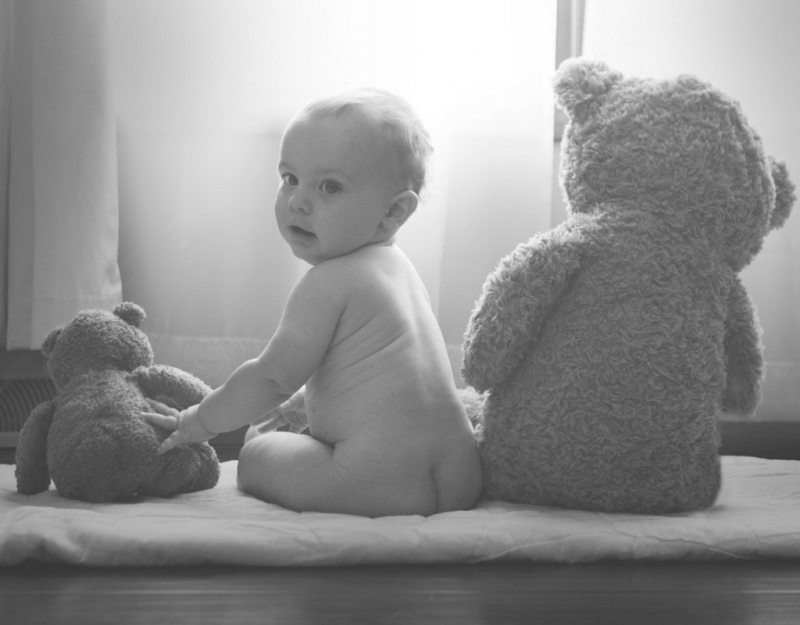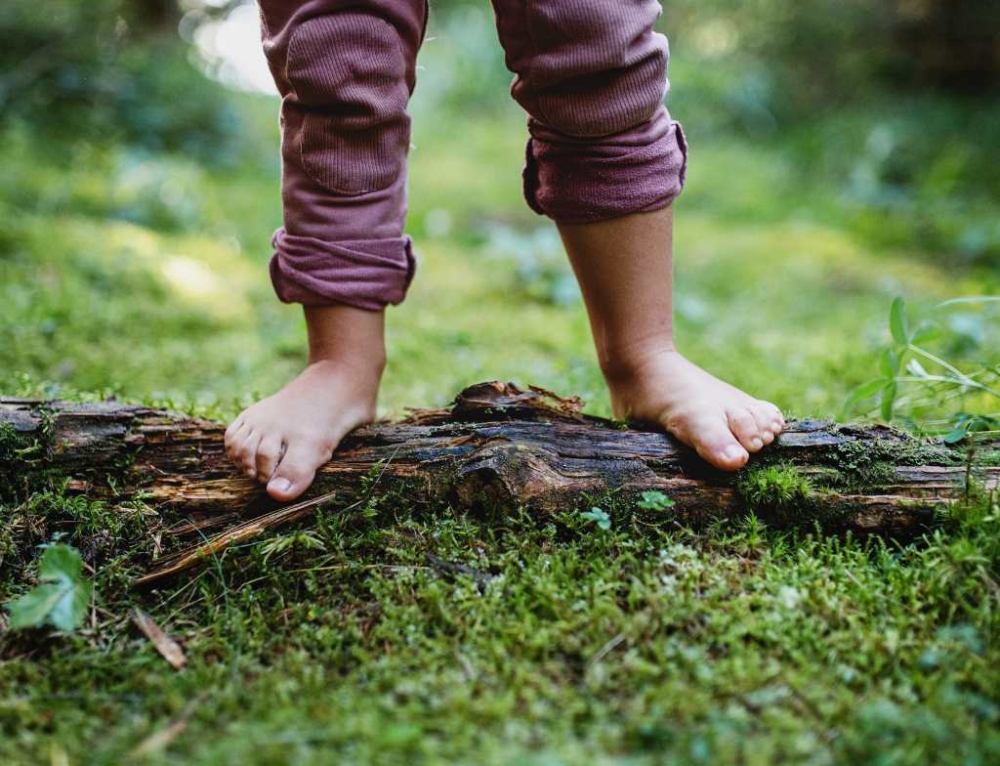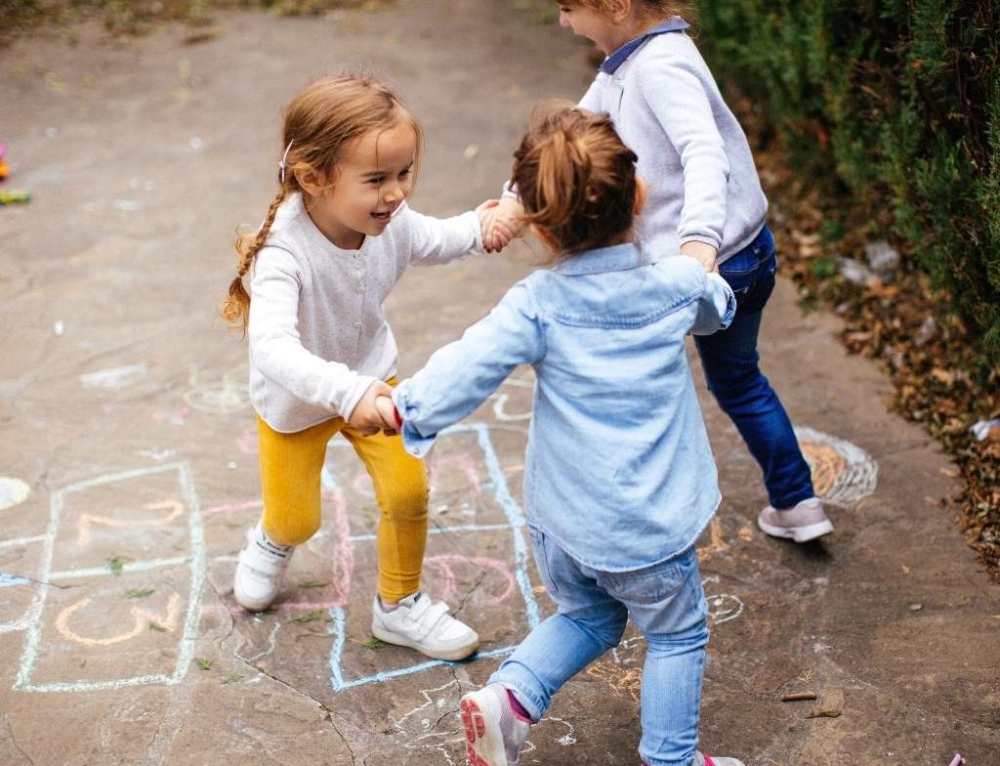American psychologist John Rosemond is famous in America for his approach to toilet-training and it’s been nicknamed the ‘Naked and $75’ approach. Why? Because you take your child’s nappy and clothing off and then you’ll probably need the $75 to clean the carpets afterwards! He suggests starting toilet training your child between 18 and 24 months – no older. After that, he says, you’ll face an uphill battle as they become more independent and less willing to be trained on the toilet.
Although many may disagree with starting so early, Rosemond’s technique isn’t too revolutionary. Basically, you remove your child’s nappy and most of his other clothing, make the potty easily available, direct him where to go, and let him figure it out. Rosemond also argues for a gentle and low-key approach dealing with toilet accidents.
John Rosemond’s traditional toilet training technique
This is what he says:
“Your attitude is the most important ingredient in this toilet-training recipe. A technique is useful to a point, but without the right attitude (and this applies to any disciplinary effort), no technique will produce lasting results. Approach toilet training with the same casual, matter-of-fact attitude with which you approached teaching your child to eat with a spoon. They are, after all, both self-help skills. When spoon-training your child, you encouraged without being silly, conveyed a clear expectation, and tolerated the temporary mess. If you can muster that same attitude with regard to toilet training, you’re half-way there.”
Steps in the Rosemond method of toilet-training:
- Keep your child as close to naked as you can. Rosemond recommends that, if your child is a girl, she should be kept naked from the waist down – without a nappy – even when she goes down for a nap. Boys should be dressed only in the thinnest cotton underwear available. The idea is that when your child wees it will run down their legs and irritate them enough that they’ll use the toilet. (You, on the other hand, shouldn’t show any irritation as you clean it up.)
- Potties (you should have as many as possible) should be conveniently located and placed in areas your child normally hangs out. However, don’t put one in the bathroom, or you’ll ‘inadvertently invoke the out of sight, out of mind principle’. Also, warns Rosemond, ‘They should be simple, Spartan contraptions, not ones that do silly, superfluous things like play Barney songs when sat upon.’
- Rosemond encourages parents to set aside a week when they can spend most of their time at home, training. And he says that you should ‘maintain a calm focus’ during the time you’ve set aside, so your child understands the point of the exercise.
- You should take your child to the toilet as soon as he’s woken up and then, once seated, you should leave him with a promise you’ll return to help, once he’s finished . ‘Do not hover or otherwise act nervous,’ Rosemond advises. ‘If your child refuses to sit, so be it. Make this into a power struggle and you’re done for.’
- Set a timer or ‘toilet bell’ to ring every 60 minutes (or whatever interval works for your child), and when it goes off, let your child know that it’s time to sit on the potty (whether or not your child needs to go ). Again, Rosemond stresses that the child should use the toilet more or less independently.
- Any accidents should be cleaned up with minimal drama, and total reassurance that you’re not cross. When your child has an accident, you’re supposed to firmly and resolutely remind him to be sure to sit on the toilet the next time he needs to go. ‘Be firm and resolute,’ Rosemond says, ‘but don’t be angry.’
- You should give your toddler positive reinforcement for successes, but refrain from over-the-top enthusiasm and don’t ever rewards or offer bribes.







Leave A Comment
You must be logged in to post a comment.